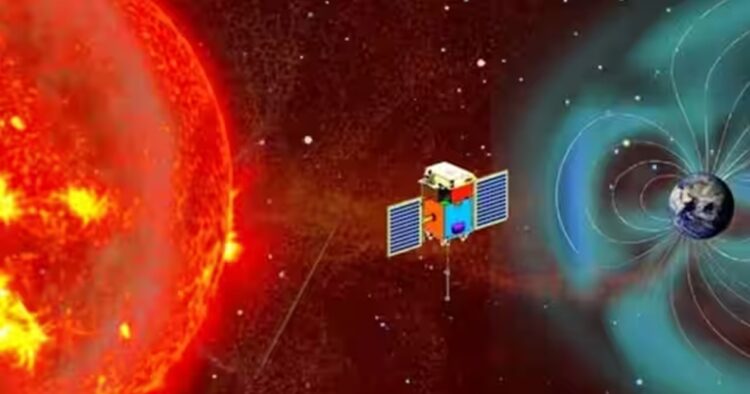Across the United States, Mexico and Canada, observers would get a feel of day turning into night during Total Solar eclipse on Monday.
Interestingly, this is an astronomical process which occurs once in a few years and receives a good amount of public attention, as day turns into night and the temperature dips, owing to sunlight being blocked.
People in Bharat would not be able to get a feel of this Total Solar Eclipse, but Bharat’s Sun-study mission Aditya-L1 has been witnessing a round-the-clock Total Solar Eclipse since the craft became operational earlier this year.
‘The way the smaller Moon blocks the Earth’s view of the Sun, is the same as bringing a thumb in front of the eye and blocking the view of a large building that is in front. ‘The thumb cannot be compared to the size of the building, but it is closer to the eye and blocks the large building that is at a distance’ said Jayant Murthy (Retd), Senior Professor from the Indian Institute of Astrophysics.
Aditya-L1 is Bharat’s first mission to study the Sun and its various processes. The craft reached its destination on January 6, 2024 and was launched on September 2, 2023. Aditya-L1 has been placed at a vantage point known as ‘L1’ or ‘Lagrange point 1’, from where it can have an unobstructed view of the Sun.
However, this vantage location in interplanetary space is situated 1.5 million (15 lakh) kilometres from earth. The moon is only 4 lakh kilometres away from the earth. The Lagrange point 1 is at one % of the Earth-Sun distance which is about 150 million kilometres.

















Comments